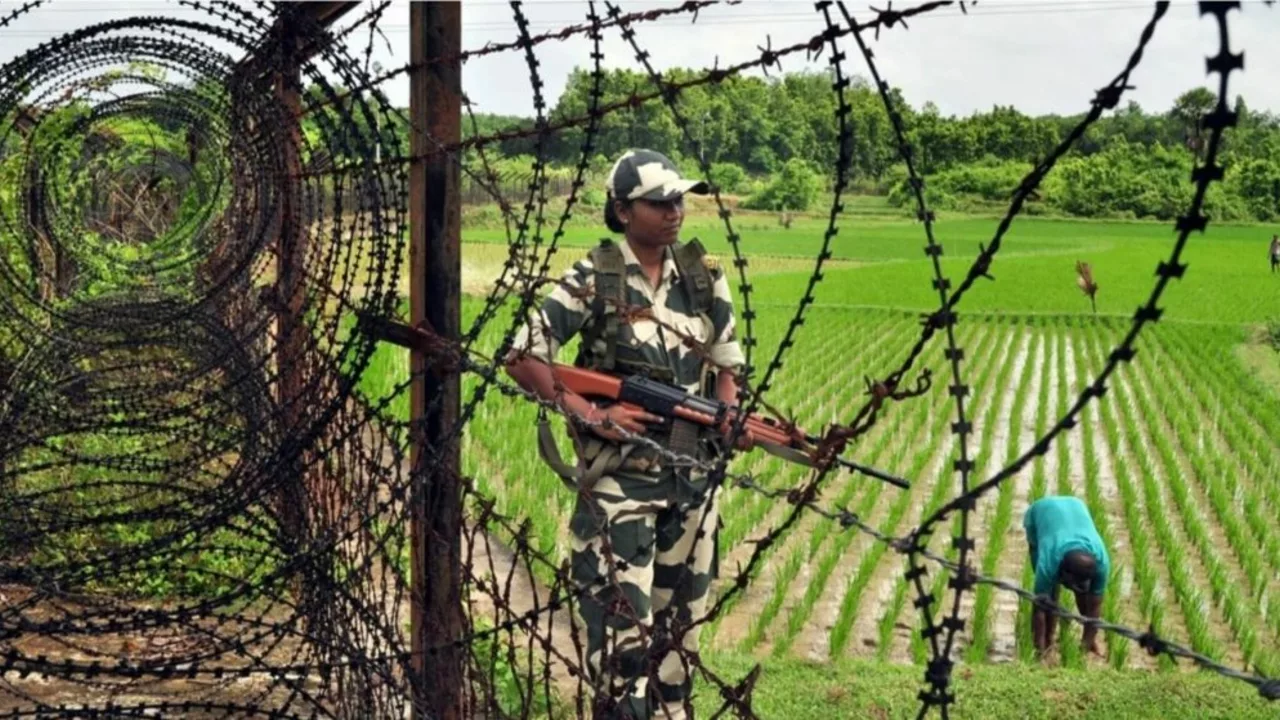The Current State of India's Border Fences
India, being a large country shares its borders with several other nations, each having its unique security challenges. The current state of India's border fences, particularly those along its western and eastern frontiers, is a topic of national significance. The border fences are essential for the country's security as they not only prevent infiltration but also illegal activities like smuggling. However, there are still numerous gaps in these fences which are exploited for cross-border illegal activities.
These gaps are due to a variety of factors, ranging from geographical constraints to inadequate maintenance. In some regions, the difficult terrain makes it challenging to construct a physical barrier, leaving these areas vulnerable. In other areas, the existing fences have been damaged or are in a state of disrepair, creating gaps that can be easily crossed. These vulnerabilities pose significant security risks for India.
The Government's Pledge to Cover All Gaps by 2022
The Indian government has recognized the security risks posed by these gaps in the border fences and has pledged to cover all of these by the end of 2022. This is a significant commitment, given the scale of the challenge. The government's decision is driven by the need to strengthen the country's border infrastructure and improve security.
I believe this will require a concerted and coordinated effort from multiple government departments, including the Ministry of Home Affairs, the Border Security Force (BSF), and the Ministry of Defence. It will also require substantial financial investment, given the costs associated with constructing and maintaining border fences.
The Challenges Ahead
While the government's pledge to cover all gaps in the border fences by 2022 is commendable, it is not without challenges. The most significant of these challenges is the difficult terrain along some parts of the border. Constructing fences in these areas is a logistical nightmare, requiring specialized equipment and trained personnel.
Another challenge is the financial cost. Constructing and maintaining border fences is an expensive undertaking. Given the scale of the project, it will require a significant financial commitment from the government. However, in view of the security risks, this is an investment that the government cannot afford to postpone.
The Role of Technology in Securing Borders
As we look to the future of border security in India, technology is likely to play a key role. Already, the government is exploring the use of advanced technologies like drones, sensors, and surveillance cameras to secure the borders. These technologies can supplement physical barriers, providing an additional layer of security.
For example, drones can be used to monitor areas where it is difficult to construct a physical barrier, while sensors can detect any attempts to breach the fence. Surveillance cameras, on the other hand, can provide real-time information about activities along the border, enabling quick response to any potential threats.
Public Sentiment and Expectations
The government's pledge to cover all gaps in the border fences has been met with a mixed reaction from the public. On one hand, there is optimism that this move will enhance the country's security. On the other hand, there are concerns about the feasibility of the project, given the challenges involved.
However, there is a general consensus that strengthening the country's border infrastructure is a critical need. The public expects the government to deliver on its pledge and is likely to closely monitor the progress of the project. This puts pressure on the government to ensure that it meets its deadline.
Looking Forward: Beyond 2022
If the government is successful in covering all gaps in the border fences by 2022, it will mark a significant milestone in India's border security. However, this should not be the end of the journey. Border security is a continuous process, requiring ongoing investment and innovation.
Looking beyond 2022, the government will need to focus on maintaining the fences and exploring the use of advanced technologies to enhance border security. It will also need to invest in training personnel to effectively use these technologies and respond to potential threats.
Conclusion: A Daunting but Necessary Undertaking
The task of covering all gaps in India's border fences by 2022 is undoubtedly a daunting one. It will require significant financial investment, logistical planning, and coordination among various government departments. However, given the security risks associated with these gaps, it is a necessary undertaking.
I believe that with the right approach, it is a goal that can be achieved. By leveraging technology, working closely with local communities along the border, and investing in the necessary infrastructure and personnel, India can strengthen its border security and protect its sovereignty. The journey might be challenging, but the end result will be worth it.
